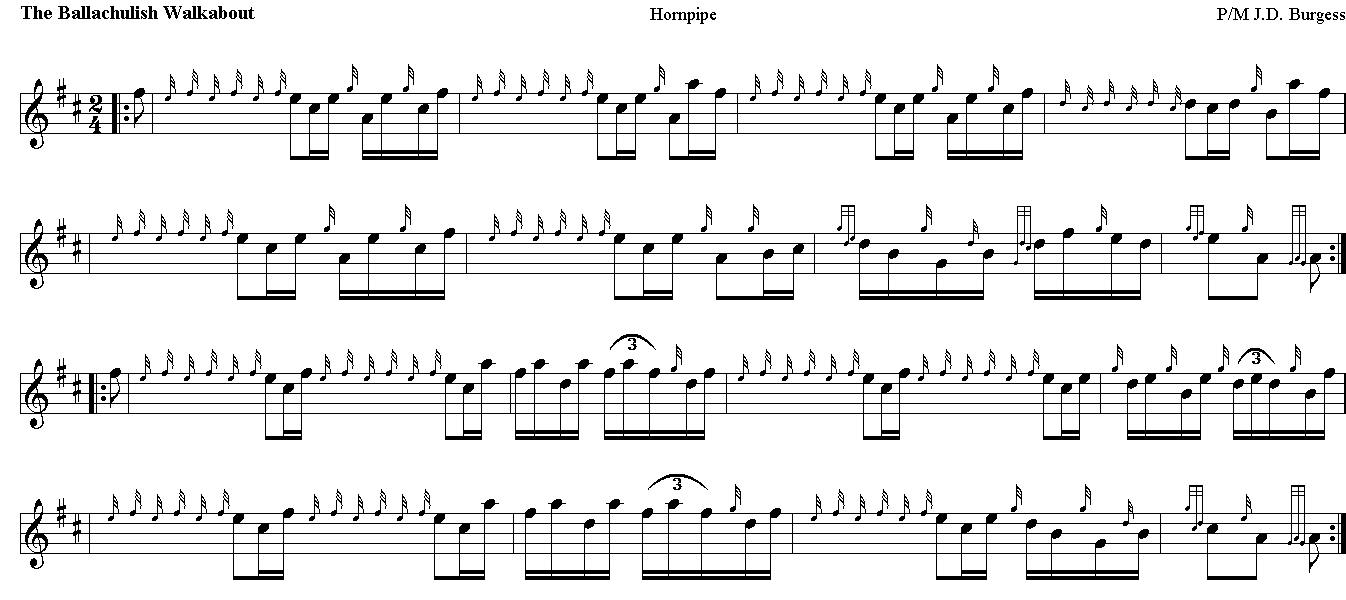|
Ballachulish lies on the shores of Loch Leven a little
to the northwest of Glencoe. The village consists of
three main settlements. North and south Ballachulish lie
on opposite shores of a narrow stretch of water (spanned
by a bridge) near the mouth of the loch. These two
settlements developed in tandem around the slipways of a
ferry service, in operation since at least the early
18th century. The largest settlement lies about a mile
down the road to Glencoe. Although there was a
settlement here from around the 1500s, at that time
called Laroch, it became significant as a result of the
opening of the Ballachulish Slate Quarry (to the east of
the village) in 1693. After this time Laroch took the
name of the quarry and, rather confusingly, became known
as Ballachulish too. Ballachulish, and the area which
surrounds it, is famed for natural beauty and for the
notorious events which mark its history.
Scotland was made inhabitable when the retreat of the
ice fields at the end of the last ice age made the
environment more hospitable. The first humans came as
hunter gatherers sometime before 7000 BC, although
because of the nature of their nomadic lifestyle they
left little behind as testament. Within the following
four thousand years stone circles, round houses, burial
cairns and forts began to spring up. In South
Ballachulish (close to Ballachulish House) the remains
of a Bronze Age burial chamber, complete with cist,
testifies to the area's prehistoric settlement.
In the dark ages Ballachulish was incorporated into a
number of early tribal societies before finally becoming
part of Dalriata in the 5th century. It was the kings of
Dalriata who would eventually go on to unite Scotland
into one kingdom. Some believe an early fort of the
Dalriata kings may have been on the site of Castle
Stalker, a couple of miles south of Ballachulish on a
little islet on Loch Laich, near Port Appin. As part of
the administrative district of Appin, Ballachulish was
to be governed from here, directly or indirectly, for
centuries. While today's castle is nowhere near as old,
built after 1446 by John Stewart Lord of Lorn, it is not
too difficult to imagine that earlier peoples might have
recognized the advantage of using the natural defenses
afforded by the beautifully set island. Certainly there
was an earlier fort here, built by the Macdougalls
around 1320. In 1468 the Battle of Stalc was fought
here, in which the army of Dugald, Lord of Lorn,
virtually annihilated an army of MacFarlanes led by Alan
MacCoul. The castle was also used as a garrison by
government troops during the Jacobite rebellions.
Possibly the most significant historical site in
Ballachulish itself is Ballachulish House. Now a hotel,
it was built in 1640 as a country estate, although as
the building was destroyed during the Jacobite
rebellions the current house dates from around 1745. In
1692 it was occupied by Sir Robert Campbell of Glenlyon
when he received orders signed by the king to put all of
the MacDonalds of Glencoe under seventy years of age 'to
the sword'. This order prompted one of the most
notorious massacres in Scottish History.
The house (shown above) is also associated with the
murder of the king's factor, Colin Campbell, in 1752; an
event known as the Appin Murder. Colin Campbell is
perhaps better known as 'The Red Fox', so called because
of his red hair, a common feature of the Campbell clan
of which he was a prominent member. In May, 1752 he was
leading a small detachment of government soldiers into
Ballachulish, supposedly to collect taxes although it
has also been suggested that he may have had the duty of
purging the area of its Stuart Jacobite sympathizers,
when he was killed by a musket shot. The site of the
murder is about a mile seaward from Ballachulsih, where
a signpost from the road will lead you inland and uphill
to a cairn marking the spot. The assassin fled, carrying
the weapon into Ballachulish where it was discovered in
the yew tree behind Ballachulish House. Today 'The Black
Gun of Misfortune' is exhibited in the West Highland
Museum in nearby Fort William.
In the aftermath of the murder the authorities carried
out a witch hunt in the area. Needing someone to take
the rap they dragged the unwitting James Stewart to
Inveraray where he was tried by a Campbell judge and
jury. Predictably they found him guilty as charged. On
the 8th of November, about six months after the murder,
James Stewart was taken to Ballachulish where he was
hung on a small knoll just at the southern end of
today's bridge, near Ballachulish House. A commemorative
plaque marks the spot. His body was left to rot for
several months, as a means of discouraging the locals,
so that it was little more than a skeleton that the
authorities finally allowed to be buried. The Appin
Murder formed the basis for Robert Louis Stephenson's
famous novel, 'Kidnapped'.
 |



